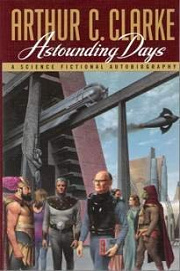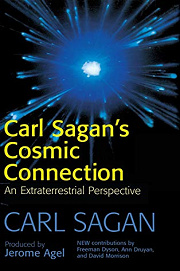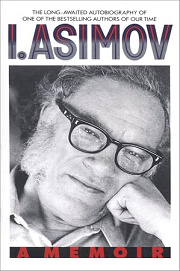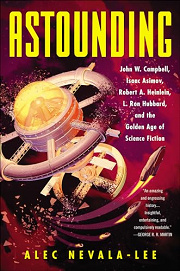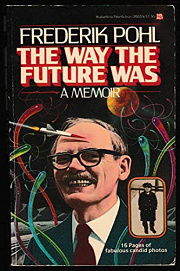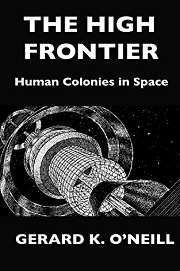Share your thoughts in a quick Shelf Talk!
Astounding Days by Arthur C. Clarke
From rocket-age dreams to the birth of modern fandom, Arthur C. Clarke reflects on the magazines and minds that shaped a century of wonder. Part memoir, part love letter to science fiction’s golden years, Astounding Days invites you to trace the genre’s evolution through the eyes of one of its greatest visionaries.
Have you read this book? Share what you liked (or didn’t), and we’ll use your answers to recommend your next favorite read!
Love Astounding Days but not sure what to read next?
These picks are popular with readers who enjoyed this book. Complete a quick Shelf Talk to get recommendations made just for you! Warning: possible spoilers for Astounding Days below.
In Astounding Days, did you enjoy ...
... the wide-eyed, scientifically grounded awe at space exploration and discovery?
The Cosmic Connection by Carl Sagan
If Clarke’s reminiscences about poring over John W. Campbell’s pages, the thrill of stories like “Rescue Party,” his British Interplanetary Society dreams, and watching ideas like communications satellites leap from sketch to sky stirred you, Sagan’s essays will light up the same circuits. In The Cosmic Connection, he riffs on Voyager’s grand tour, SETI’s promise, and humanity’s long future among the stars with the same infectious, reality-checked wonder that suffuses Astounding Days.
... the anecdotal, magazine-era reminiscences told in brisk, self-contained vignettes?
I. Asimov: A Memoir by Isaac Asimov
Clarke’s memoir hops through sharp, self-contained episodes—meeting Campbell, seeing “Foundation” take shape in the magazine, swapping notes with fellow writers. I. Asimov delivers that same rhythm: quick, candid vignettes about turning in “Nightfall,” wrangling with Campbell’s edits, and navigating the fan scene Clarke recalls. If you enjoyed Clarke’s snapshot chapters, Asimov’s rapid-fire memoir will feel like sitting at the same table, one seat over.
... a deep-dive history of Campbell, Asimov, Heinlein, and Hubbard and the magazine’s outsized legacy?
Astounding: John W. Campbell, Isaac Asimov, Robert A. Heinlein, L. Ron Hubbard, and the Golden Age of Science Fiction by Alec Nevala-Lee
Clarke’s portraits of Campbell’s editorial sway—shepherding pieces like “Who Goes There?” and pushing writers toward big-idea fiction—are fascinating. Nevala-Lee’s Astounding digs into those very rooms, tracing Campbell’s influence from guiding Astounding/Analog to the tangle of Dianetics, while situating Asimov and Heinlein amid the same editorial pressures Clarke describes. If you wanted the investigative, behind-the-scenes version of the stories Clarke remembers, this is it.
... a candid, first-person memoir from inside the Golden Age SF scene?
The Way the Future Was by Frederik Pohl
If you enjoyed Clarke’s first-person tour—RAF radar days feeding into rocket talk, Campbell’s office dynamics, and the magazine corridors where “Rescue Party” and other tales first landed—Pohl’s memoir walks the same halls from a different angle. In The Way the Future Was, he recounts the Futurians, editing Galaxy and If, and jousting with Campbell in person, all with the insider candor and wry humor that made Astounding Days feel like an evening’s conversation.
... the unabashed optimism about humanity’s future in space that bubbles through Clarke’s magazine-era memories?
The High Frontier by Gerard K. O'Neill
Clarke’s optimism—watching pulp dreams mature into rocketry and satellites—radiates through Astounding Days. O’Neill channels that same forward-looking charge, laying out L5 habitats, mass drivers, and Island One designs with the can-do clarity Clarke admired. If the hopeful arc from Campbell’s pages to real spacecraft made you grin, The High Frontier offers a concrete blueprint for the next leap.
Unlock your personalized book recommendations! Just take a quick Shelf Talk for Astounding Days by Arthur C. Clarke. It’s only a few questions and takes less than a minute.
